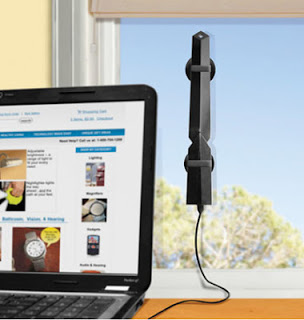While the Philippines is busy in rolling out Long Term Evolution (LTE) technology particularly in the consumer category, the United States, on the other hand, is deploying the new wireless technology called “Super Wi-Fi.”
Technically, “Super Wi-Fi” is not a Wi-Fi basing on its frequency range. However, this new technology offers some of those of Wi-Fi’s advantages and even more. Aside from the United States, Britain and Brazil are on their way of integrating Super Wi-Fi on their current wireless technology setup as well.
It was in 2010 when the US Federal Communications Commission (FCC) coined the name Super Wi-Fi to the technology that utilizes the unused broadband television spectrum also known as “white spaces.”
Theoretically, Super Wi-Fi travels faster than the regular Wi-Fi signals as it could go as far as 100 miles (160 kilometers). Super Wi-Fi signals are also weather- and UV-resistant as compared to the latter.
Super Wi-Fi was first deployed in 2011 by Rice University in Houston, Texas. This was then followed earlier this year in Wilmington, North Carolina.
Internet giants Google and Microsoft are backing up a project called AIR.U which will deploy Super Wi-Fi to college campuses in US’ rural areas starting early 2013.
Super Wi-Fi may lower costs in upgrading current Wi-Fi’s setup as the companies who’d want to use the new technology won’t need to bid on exclusive spectrum rights. Obviously, this is due to the fact that Super Wi-Fi is using the “unlicensed” spectrum (white spaces in broadband spectrum). Problem is, the current Wi-Fi devices won’t work with Super Wi-Fi. New equipment should be rolled out to make use of this new technology which will incur extra expenses.
In the Philippines, the grey market is already selling a Super Wi-Fi antenna for $119.95.
This post was first published at KabayanTech.com.
- Phishing Email Analysis Landing Page - September 19, 2024
- BPI to hold Cybersecurity Conference to ‘Fortify Cyber-Resilience in an AI World’ - July 25, 2024
- New Smishing Campaign makes use of Globe SMS Sender ID - May 27, 2024


